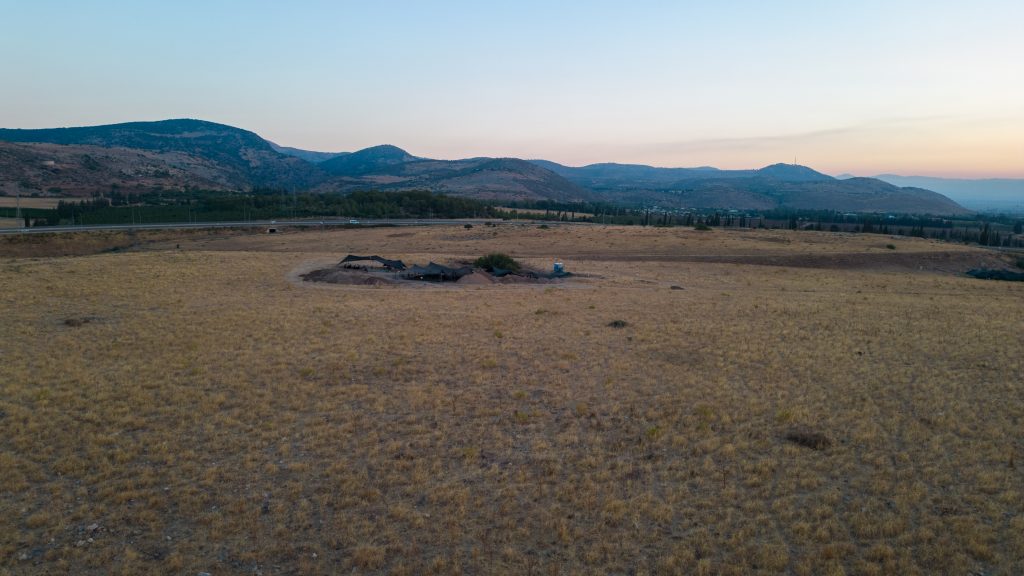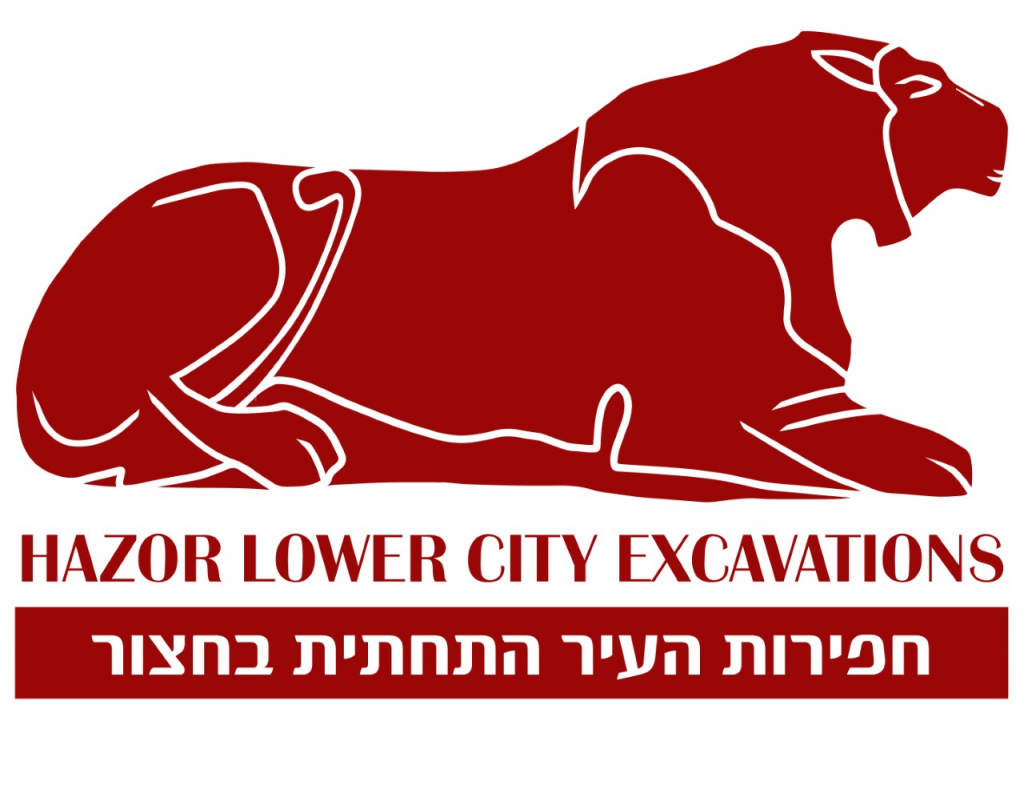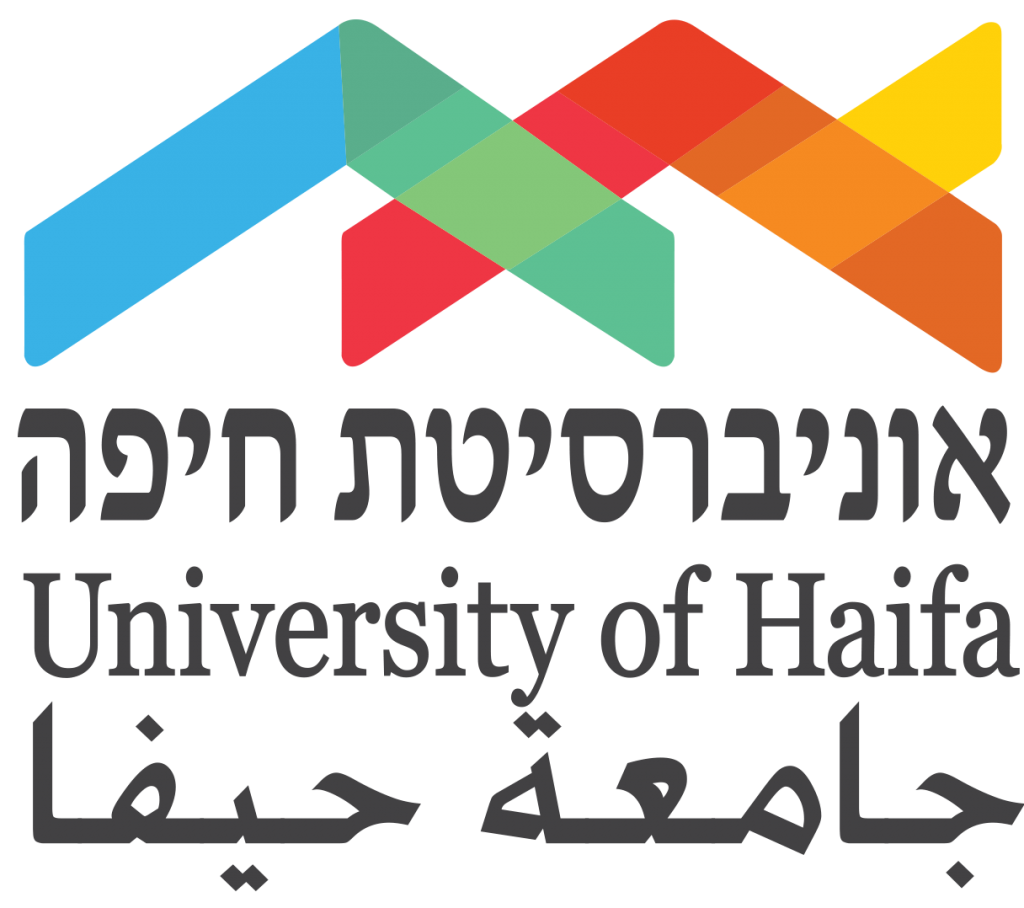
Tel Hazor is the largest and one of the most important Canaanite sites in Israel, encompassing an area of over 80 ha. In the second millennium BCE the city was comprised of an upper city (the acropolis) and a lower city. Ancient records show that the city was considered the southern-most Syrian urban center during the Bronze Age. The name of the city appears in kings lists of Thutmose III, Amenhotep II, and Seti I as well as in Papyrus Anastasi I, among others. It is the only city mentioned in the Mari archive of the Middle Bronze Age and considered a “great power” in the Amarna archive of the Late Bronze Age. It is also mentioned several times in the Hebrew Bible.
The excavations in the lower city of Hazor are directed by Shlomit Bechar of the School of Archaeology and Maritime Cultures in the University of Haifa. The lower city was previously excavated by Yigael Yadin in the 1950s. Yadin, one of the forefathers of Israeli archaeology, uncovered temples, domestic units, workshops, and cultic spaces, as well as a large fortification system which included gates and a massive rampart. After a hiatus of several decades, excavations in the lower city were renewed by Sharon Zuckerman in a small area in the center of the lower city. This excavation was aimed at exposing domestic units of Hazor.
Both these expeditions made important contributions to our knowledge of the Bronze Age, in regards to urban planning, ceramic typologies, the connections between the southern and northern Levant, the connections of the site to Egypt, and much more. However, many questions are still open, such as who were the people that lived in the lower city of Hazor? Were they simple people or were they predominantly elites? Or a combination of both? What was the urban plan of the site? How did people live at the site? What did they eat? Where did they work? How were their houses organized? The University of Haifa’s excavations at Hazor focuses on both domestic and monumental architecture. The aim of this excavation will be to identify differences between the various sectors of the population that lived at Hazor. This will be done by a comprehensive multidisciplinary study that will allow a true consilience between scholars of different fields using state-of-the-art methods.
The University of Haifa’s excavations at Hazor will begin in the summer of 2023. It is sponsored by the School of Archaeology and Maritime Cultures of the University of Haifa and The American Archaeology Abroad Organization, with Ohio University as a consortium member. It is supported by the Steven B. Dana Archaeology Fund (Las Vegas), the Azrieli Foundation, and individual donors. Volunteers participating in the excavation come from all over the world. The excavations are conducted in the Tel Hazor National Park with the full cooperation of the National Parks Authority and the private owners of the land.

